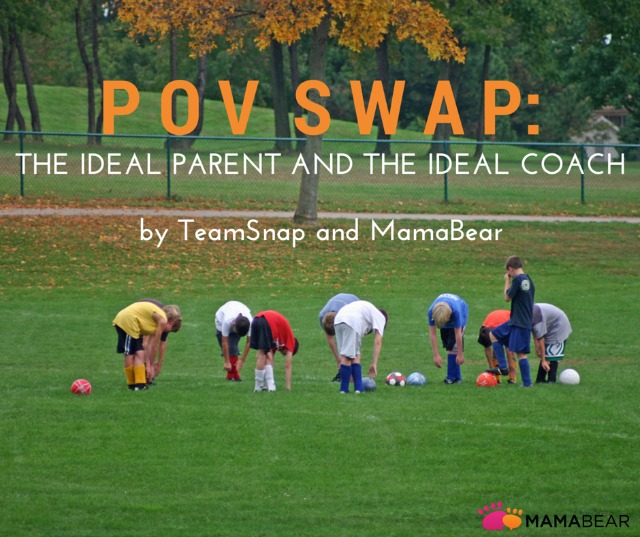The following post is a guest blog from Jason Fidishun. Jason loves working with John’s Driving School, a company dedicated to teaching residents of Lower Bucks County proper driving techniques for over 40 years. When Jason isn’t teaching, he enjoys spending time with his family and traveling.
7 Fall Driving Safety Tips
Throughout the fall and into the holiday season, thousands of parents pack their college students up to move to a university, while other residents head out on the roads to visit family and friends. Roads and highways quickly become over-crowded, so it is important to drive with caution on the roads. Heed these driving safety tips to lessen you or your young driver’s chances of being involved in an accident on the highways this fall.
Buckle up. Whether you are coasting around your favorite mountain town or cruising down a highway, it is important to always wear your seatbelt. Make sure that children are safely buckled into the backseat, and that infants are tucked into properly secured car seats. Wearing a seatbelt can mean the difference between life and death in a car accident, so be sure to buckle up when heading out on the road.
Check tires. Give your tires a thorough inspection before heading out this fall. Test the air pressure, and inspect for any leaks or punctures that could cause problems on the road. Ensure that there is a spare tire in your trunk in case anything goes wrong during your travels.
Service your vehicle. Before taking any kind of road-trip, it is a good idea to have your car inspected to ensure it is running properly. Have your oil changed, tires rotated, and battery checked to prevent breakdowns on the highways.
Observe speed. It is extremely important to monitor your speed at all times while operating a car. This is especially important when driving on major highways, and through towns where the speed may only be 25 miles-per-hour. Make yourself aware of the speed limit in the area you are in, and pay attention for changes in speed throughout your travels.
Have patience. You are more than likely to experience traffic when traveling this fall, especially on the weekends. Just remember to take it easy, and do not rush or drive erratically. It is better to arrive late to your destination safely than to never get there at all.
Watch out. Pay attention to the road and the things surrounding your car at all times. Avoid looking away from the roads and becoming distracted by texting or searching for good music. Be especially careful of other drivers around you, as they may not be paying close attention to you or your vehicle. Also watch out for pedestrians attempting to cross the street, as they have the right of way at crosswalks.
Be prepared. Keep your vehicle stocked with items to use in case of emergency. Have a first aid kit handy, as well as items like flares and reflective traffic warning triangles to warn other vehicles in the event of a breakdown.
In order to arrive safely to your destination, heed these driving safety tips.
photo credit: Nicholas A. Tonelli via Flickr cc



